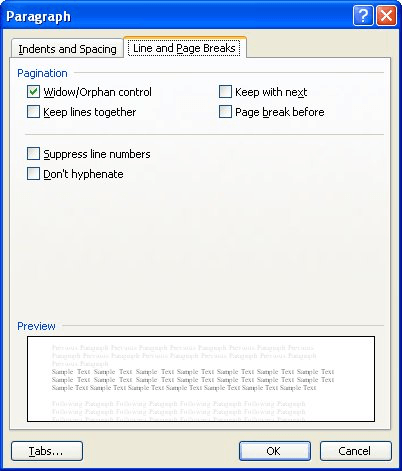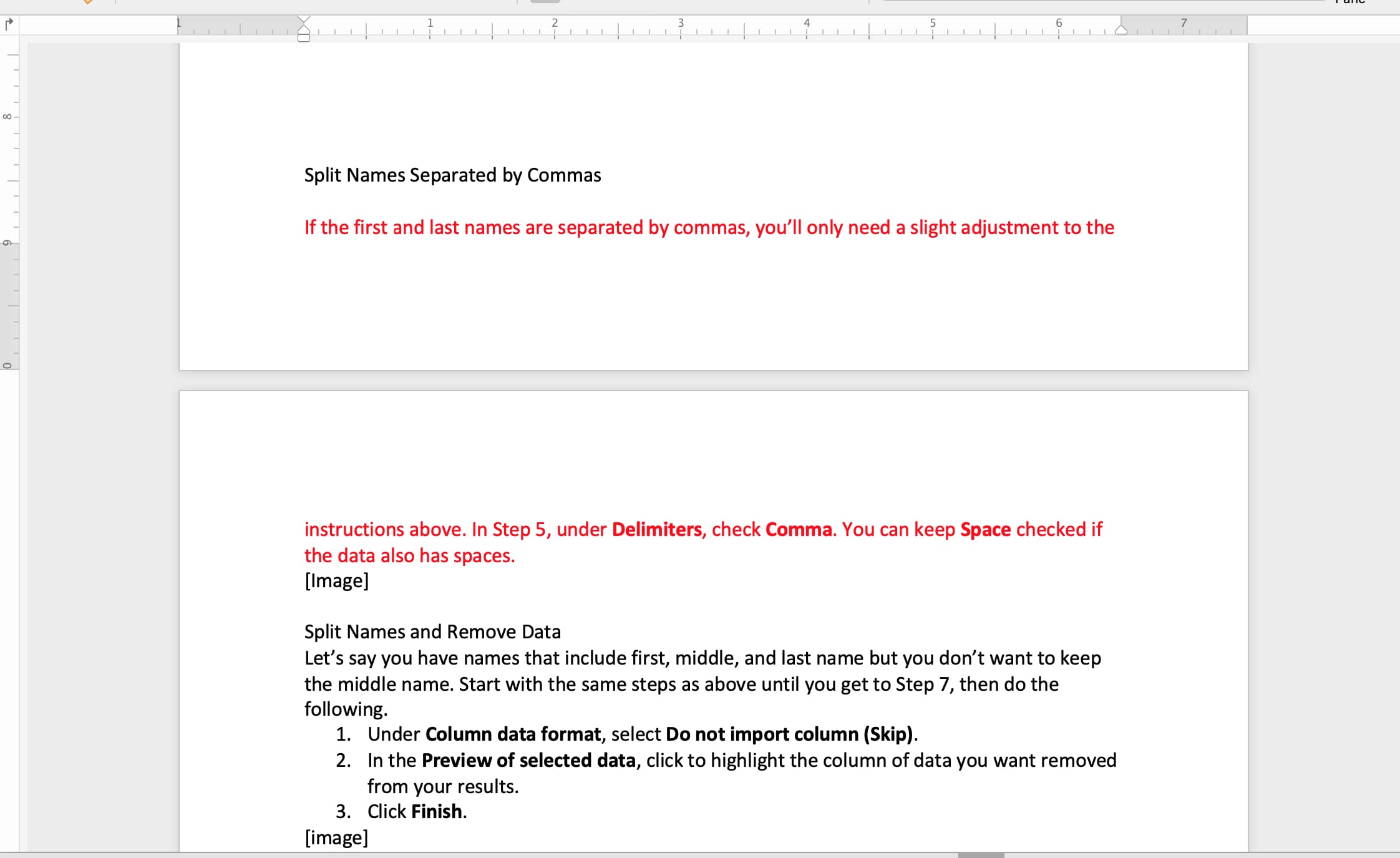

Orphaned lines appear at the “birth” (start) of paragraphs widowed lines appear at the “death” (end) of paragraphs.

Orphans result in too much white space between paragraphs or at the bottom of a page.Ī common mnemonic is “An orphan has no past a widow has no future” or “An orphan is left behind, whereas a widow must go on alone”.Īnother way is to think of orphans as generally being younger than widows thus, orphaned lines happen first, at the start of paragraphs (affecting and stranding the first line), and widowed lines happen last, at the end of paragraphs (affecting and stranding the last line). A word, part of a word, or very short line that appears by itself at the end of a paragraph. A paragraph-opening line that appears by itself at the bottom of a page/column.

A paragraph-ending line that falls at the beginning of the following page/column, thus separated from the rest of the text.
#Widows and orphans google docs manual#
The Chicago Manual of Style uses these definitions: There is some disagreement about the definitions of widow and orphan what one source calls a widow the other calls an orphan. In typesetting, widows and orphans are words or short lines at the beginning or end of a paragraph, which are left dangling at the top or bottom of a column, separated from the rest of the paragraph. Another saying is that one should look up to a widow and look down to an orphan. “A widow has a past, but no future” and “An orphan has no past, but it has a future” have been used since at least the early 1990s. “Kill the widows” has been used in newspaper editing since at least the 1920s and “kill widows and orphans” since at least 1986. There are several colorful “widow” and “orphan” sayings that have developed. “Orphan” (at the bottom of a column or page) has been cited in print since at least 1979, when computer word processing programs began offering “widow and orphan control.” The term “widow” originally applied to both and has been cited in print since at least the early 1900s. "Widows” and “orphans” are words (or short lines) at the beginning or end of a paragraph that appear at the top or the bottom of a column or page.


 0 kommentar(er)
0 kommentar(er)
